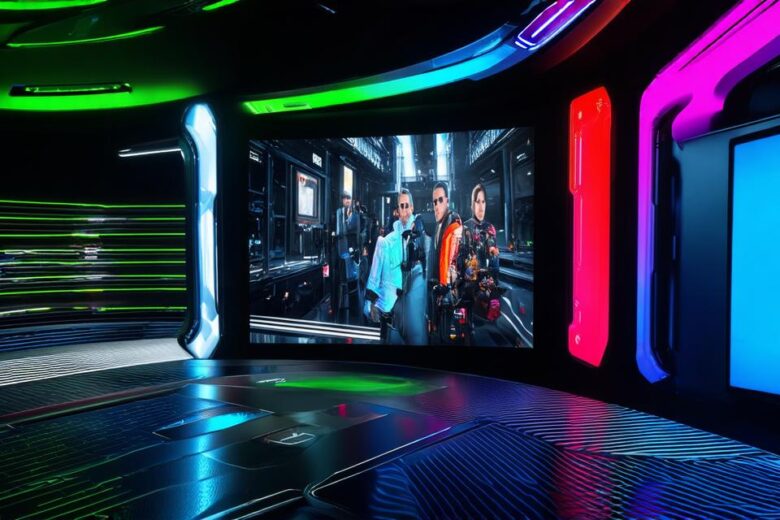Augmented reality (AR) is a technology that enhances our real-world experiences by overlaying digital information on top of them. AR has gained significant attention in recent years due to its potential for revolutionizing industries such as gaming, education, and healthcare.
AR Technology
AR technology involves the use of sensors, cameras, and algorithms to track the real-world environment and overlay digital information on top of it. The most common AR devices are smartphones and tablets, which have built-in cameras and sensors that can detect the real-world environment.
One of the key components of AR is computer vision. Computer vision algorithms use image recognition to track objects in the real-world environment, such as markers or landmarks. Once the algorithm has detected an object, it can use this information to create a 3D model of the object and overlay digital information on top of it.
AR Applications
There are various applications of AR technology across different industries. One of the most popular applications is in gaming. AR games, such as Pokemon Go, allow players to interact with virtual creatures in the real-world environment. The game uses the camera and sensors of a smartphone to track the player’s location and overlay digital information on top of the real-world environment.
AR technology also has significant potential for education. By overlaying digital information on top of the real-world environment, students can gain a better understanding of complex concepts. For example, an AR app could be used to teach students about the solar system by overlaying 3D models of planets and moons on top of the sky.
AR technology is also being used in healthcare for tasks such as surgery and training. By overlaying digital information on top of the real-world environment, surgeons can gain a better understanding of the patient’s anatomy and make more accurate incisions. Similarly, medical students can use AR technology to simulate surgical procedures and gain hands-on experience without the need for actual patients.

How AR Works in Practice
To understand how AR works in practice, let’s consider an example of an AR app that allows users to see virtual furniture in their home. The app uses the camera and sensors of a smartphone to track the real-world environment and overlay digital information on top of it.
When a user points the camera at a flat surface, such as a table or floor, the app uses computer vision algorithms to detect the surface and create a 3D model of the virtual furniture. The app then overlays this 3D model on top of the real-world environment, creating the illusion that the furniture is actually in the room.
The user can move the virtual furniture around and see how it looks in different positions, all without leaving the comfort of their home. This application of AR technology has significant potential for interior design and home decorating.
FAQs
1. How does AR work?
AR works by using sensors, cameras, and algorithms to track the real-world environment and overlay digital information on top of it.
2. What are some applications of AR technology?
AR technology has various applications across different industries, including gaming, education, and healthcare.
3. How does an AR app work in practice?
An AR app works by using the camera and sensors of a smartphone to track the real-world environment and overlay digital information on top of it.
4. What are some real-life examples of AR technology?
Real-life examples of AR technology include Pokemon Go, virtual try-on apps for makeup and furniture, and AR training simulations in healthcare.
Summary
Augmented reality technology has significant potential for revolutionizing industries such as gaming, education, and healthcare.
